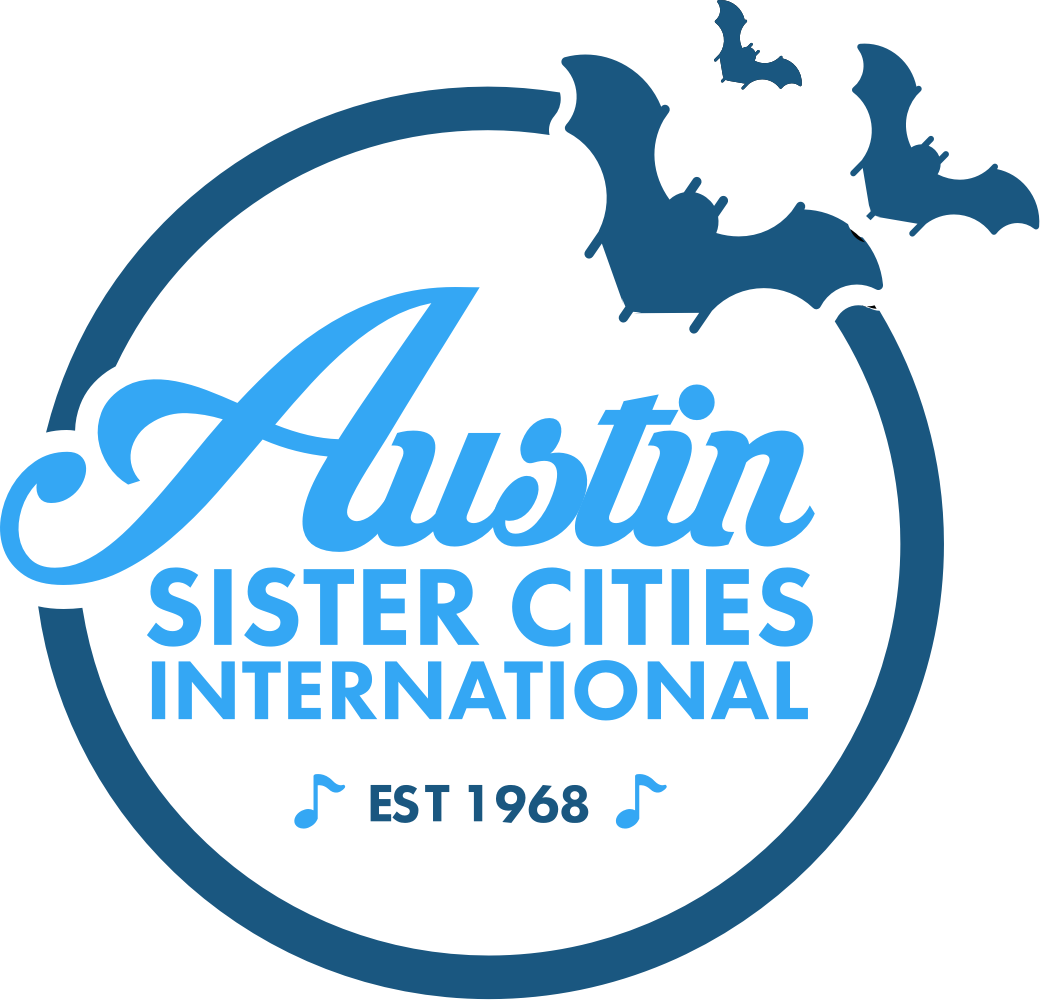Mexic-Arte Museum is pleased to present Danzas Matlachines: Tesoros y Patrimonio Cultural - Las Tradiciónes Continúan (Matlachine Dances: Treasures and Cultural Patrimony - The Traditions Continue), an exhibition examining the Matachine dance traditions from the state of Coahuila in northern Mexico and highlighting the continuing cultural practice in Austin, Texas. The exhibition is organized in conjunction with the commemoration of the 50th Anniversary of the Austin-Saltillo Sister Cities collaborative relationship that was established in 1968.
The exhibit includes elaborate dance costumes, headdresses, footwear, banners, accessories, photographs, and video documentary organized by El Instituto Municipal de Cultura de Saltillo and is curated by Ivan Ariel Marquez Morales and Maria Magdalena Davila Salinas. Photographs and objects from artists and Matachine dance groups in Austin also demonstrate the tradition in Texas. A special ofrenda is dedicated to “Pancho La Gallina”, the Matachine dancer who revived the tradition in Saltillo.
The Matachine or Matlachine dance tradition can be traced back to the founding of the city of Saltillo by the Spanish (1577) and the settling of indigenous families from Tlaxcala (1591), who integrated aspects of the Chichimeca and other native dances from northern Mexico with their own traditions. In the twentieth century, cultural leaders such as Francisco Gamez Cardona, known as “Pancho La Gallina”, carried on the Matachine tradition for over 50 years in Saltillo and throughout the state of Coahuila. Today, this mestizo tradition in Coahuila has over 200 registered dance groups and about 3800 dancers that participate in religious and cultural celebrations. The most popular celebration is the Virgin of Guadalupe Feast on December 12. Each year during Saltillo’s founding anniversary, La Matlachinada Estatal (the reunion of all the Matachine dancers from Coahuila) pays tribute to one of the state’s oldest continued traditions with hundreds of dancers converging on the main plaza. The Matachine dances manifest the strength of cultural and religious traditions that are passed on through generations, which have united families, neighborhoods, institutions and now international cities. “To see the dancers wear their costumes, sandals, headdresses, we tremble with emotion; they fill us with happiness and passion and without a doubt, pride to be from Coahuila,” writes Ivan Marquez.
In the late 1980s, Victoria Ruiz and her family brought a new tradition to Austin from their home in Monterrey, Nuevo Leon, Mexico. Through their perseverance, dance groups have since been organized at the Catholic churches in Austin such as Our Lady of Guadalupe, Cristo Rey, San Jose, Dolores, St. Ignatius Martyr and others. The development and proliferation of dances in Mexican and Mexican American communities like Austin demonstrate how culturally rich traditions survive and endure even adversarial conditions such as the Texas border region where pride in customs and identity are often discouraged. Referred to as “dancing across borders” by some scholars, this tradition is becoming “dancing transforming borders.”
Mexic-Arte Museum would like to acknowledge the City of Saltillo, El Instituto Muncipal de Saltillo, the Consulate General of Mexico in Austin, the Texas Commission on the Arts, the City of Austin, the Austin-Saltillo Sister Cities Associations, all the Matachine dancers and artists that have made this exhibition and tradition possible.
Back to All Events
Earlier Event: September 13
Spoken Stories from México
Later Event: September 14
Opening Reception Viva La Vida 35 and Danzas Matlachines

